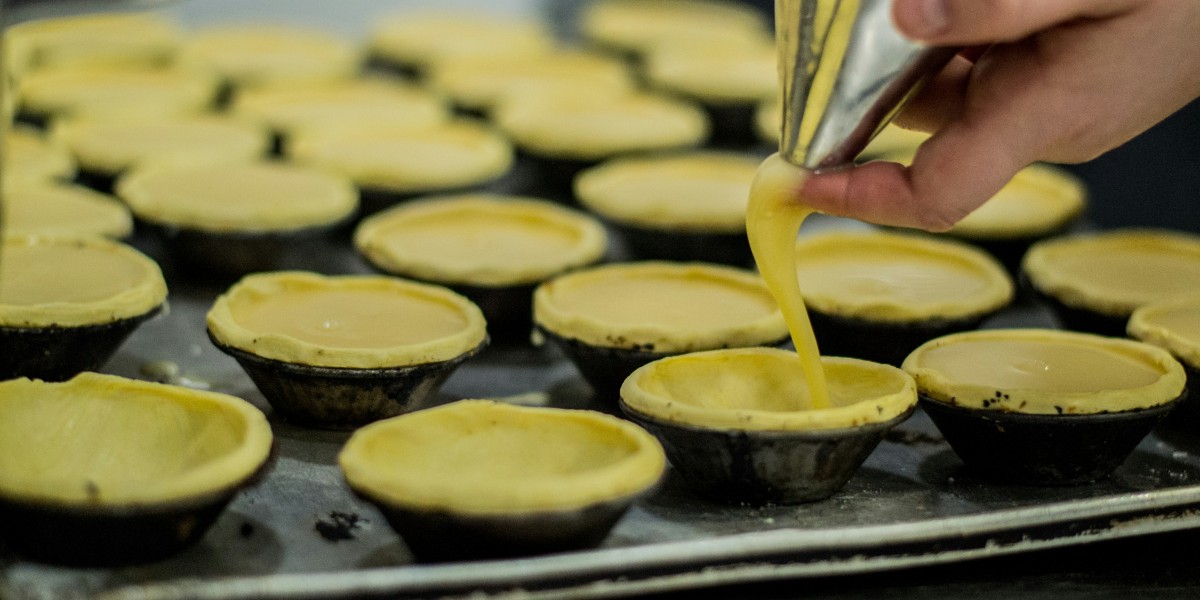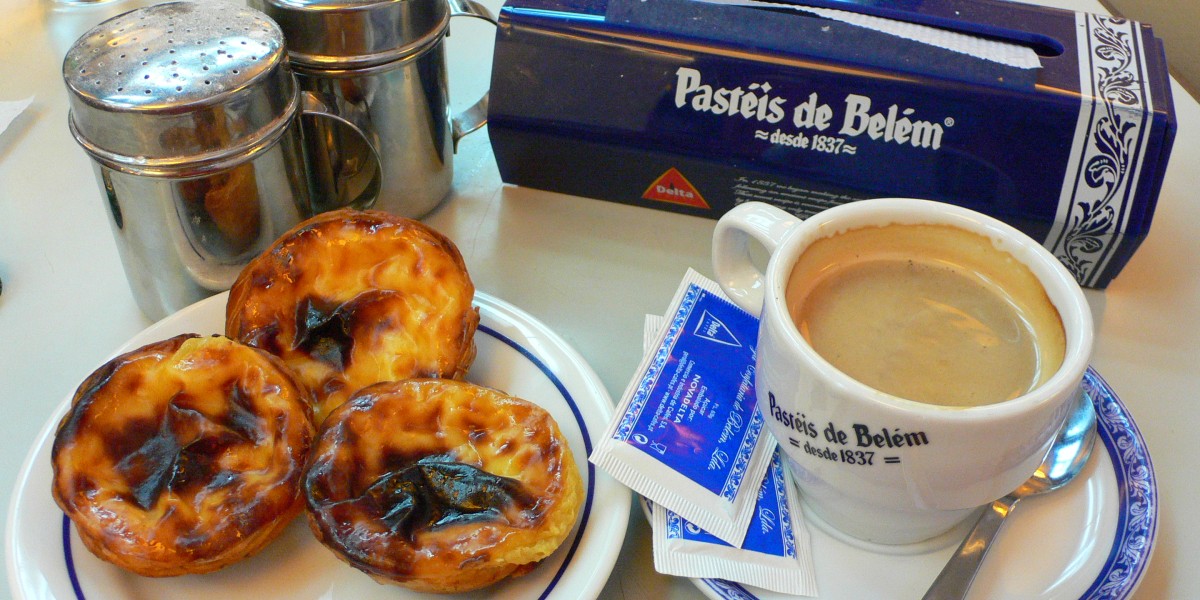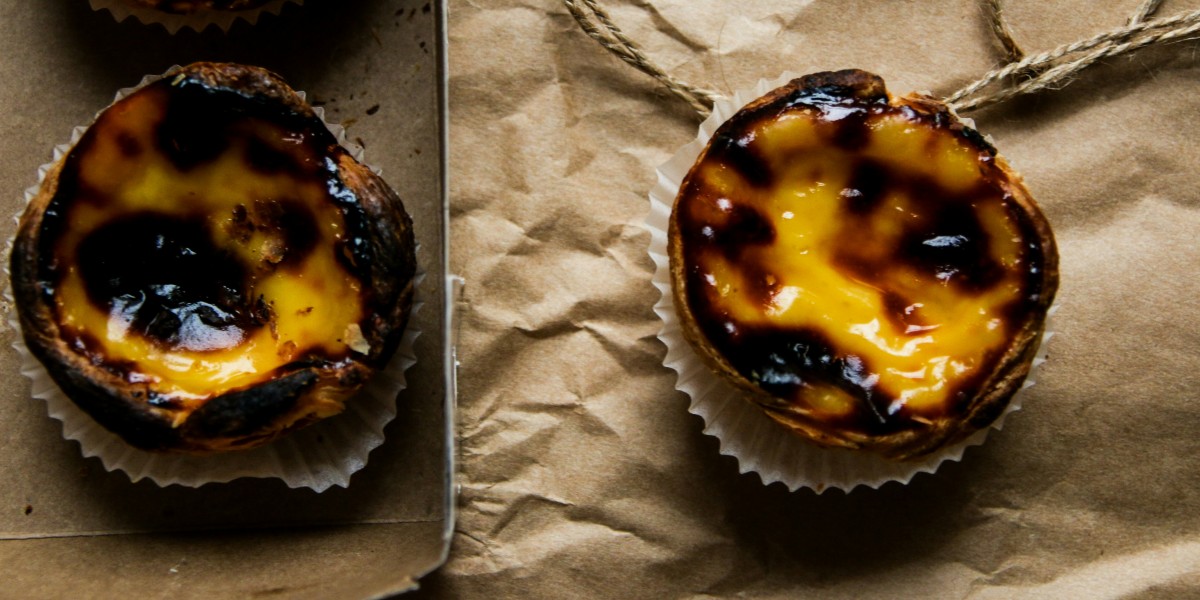
No visit to Portugal is complete without tucking into at least one pastel de nata. Born in the convent kitchens of Lisbon, this little custard tart has become a national icon. The secret’s in that perfect marriage of pastry and silky-smooth custard, finished with a lick of caramelised sugar and, if you like, a sprinkle of cinnamon. The search for a good pastel de nata is a brilliant excuse to explore Portugal, pastry in hand.
What makes a great pastel de nata?
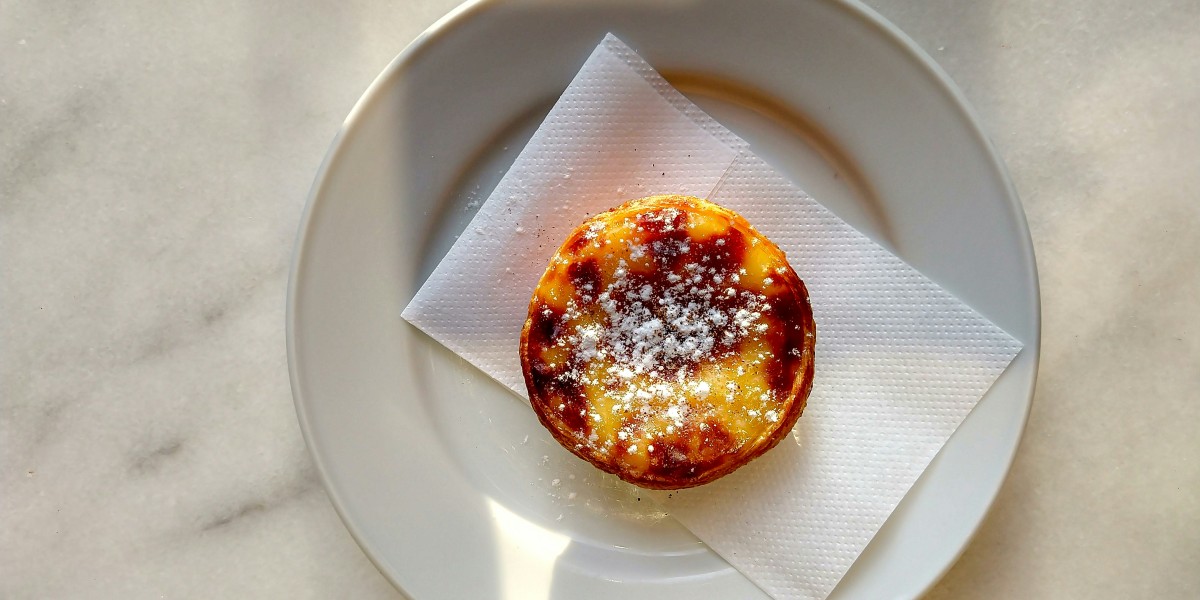
Ask anyone in Portugal and they’ll say a top-notch pastel de nata is all about contrast—a crisp, flaky pastry shell that almost shatters in your hand, holding a silky custard centre that’s just set, still warm, and never too sweet.
Most pastelarias will have pots of cinnamon and icing sugar on the side, and you’ll see regulars give their tart a light dusting before the first bite. When it comes to judging quality, look for a glossy, caramelised top (think tiny burnt spots, not an all-over brown), and pick it up—good pastry holds its shape and gives a satisfying crunch without being dry.
The cultural rise of pastel de nata – from Lisbon to worldwide fame
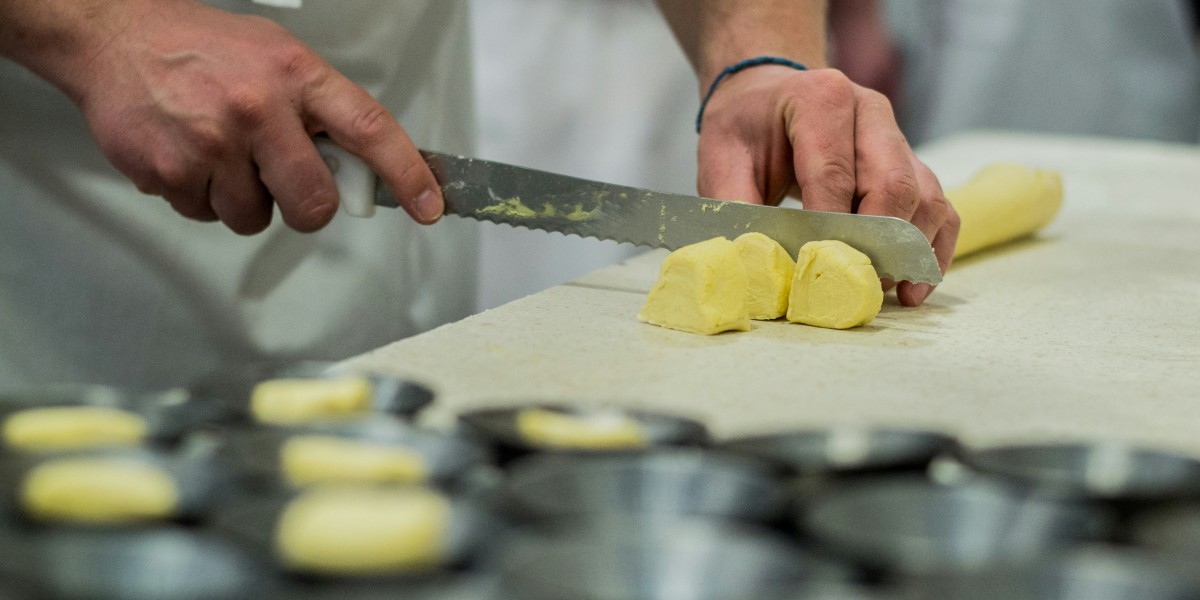
It didn’t take long for the recipe to start spreading—first across the Lisbon area, then through bakeries up and down Portugal, and eventually across the globe. These little custard tarts quietly slipped out of the convent gates and found a new life not just in pastelarias on every Portuguese street corner, but in posh bakery counters and trendy cafés worldwide.
Today, #pasteldenata is a true social media darling—snapped in London coffee shops, at Parisian weekend markets, and even in little Portuguese bakeries from Toronto to Tokyo. Expats, tourists and curious foodies love hunting down decent versions outside Portugal, but those with roots in Lisbon or Porto will tell you there’s something special about eating one on home turf.
Pastel de nata in Lisbon and Porto – how the classics compare
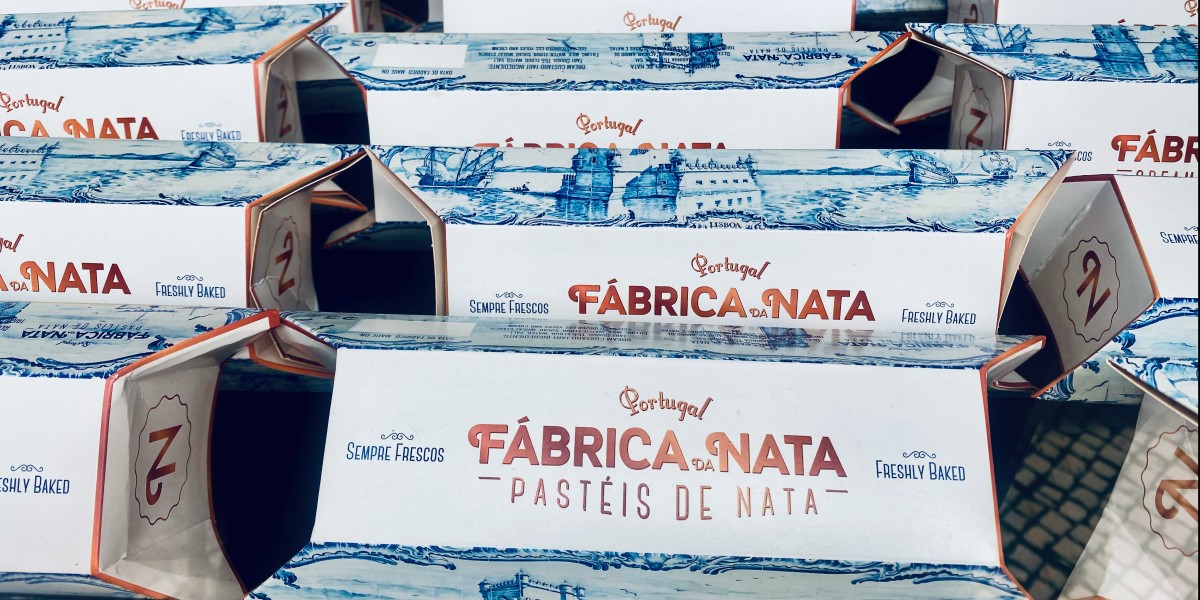
In Lisbon, the best pastéis de nata are ultra-light, with a many-layered pastry and a custard that’s silky and subtle. Belém sets the gold standard, and local pastelarias take enormous pride in keeping the recipe as traditional as possible.
The best custard tarts in Porto are crafted with a more relaxed and inventive approach. While you’ll come across bakeries that stick closely to the classic recipe, there’s a real trend towards artisanal takes. You'll find thicker pastry cases, a bit more caramelisation on top, and occasionally even vegan or gluten-free twists.
Best pastel de nata beyond the big cities
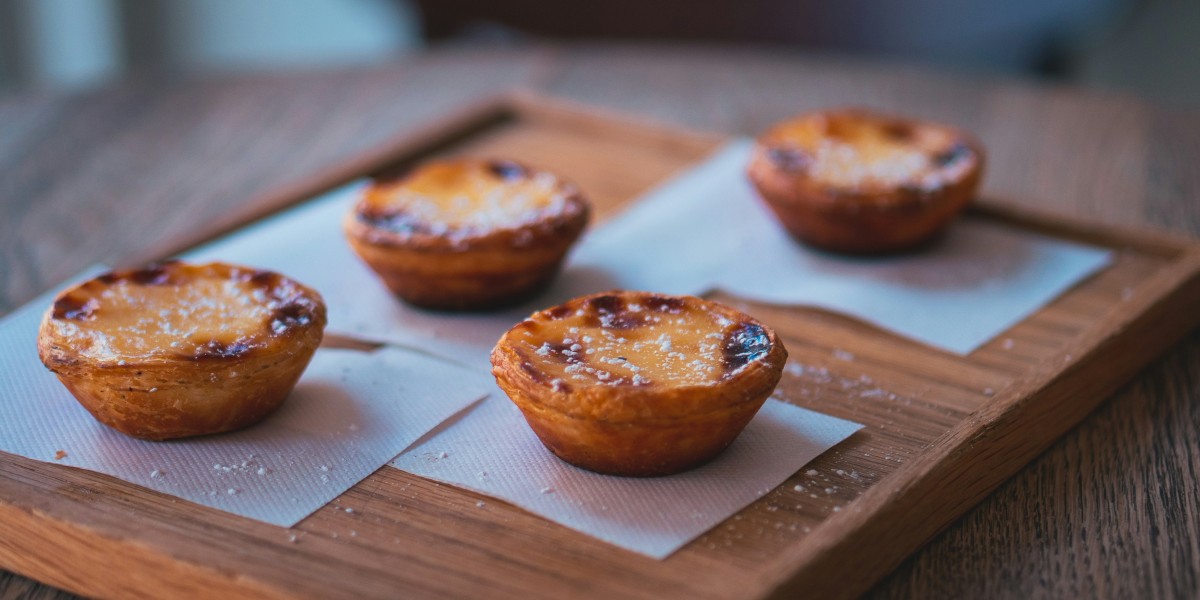
Once you venture outside Lisbon and Porto, you’ll find that every region in Portugal puts its own spin on the humble nata. In Coimbra, for example, several long-standing pastelarias have built a local following, with recipes and techniques handed down through generations. Over in the Algarve, southern sunshine and a fondness for citrus can find their way into the custard
Even in smaller towns or along quiet coastal stretches, you’ll spot people ducking into their favourite bakery for a tart and a quick coffee. There’s something about these regional versions that makes the search for a nata outside the big cities genuinely rewarding.
How to enjoy a pastel de nata like a local
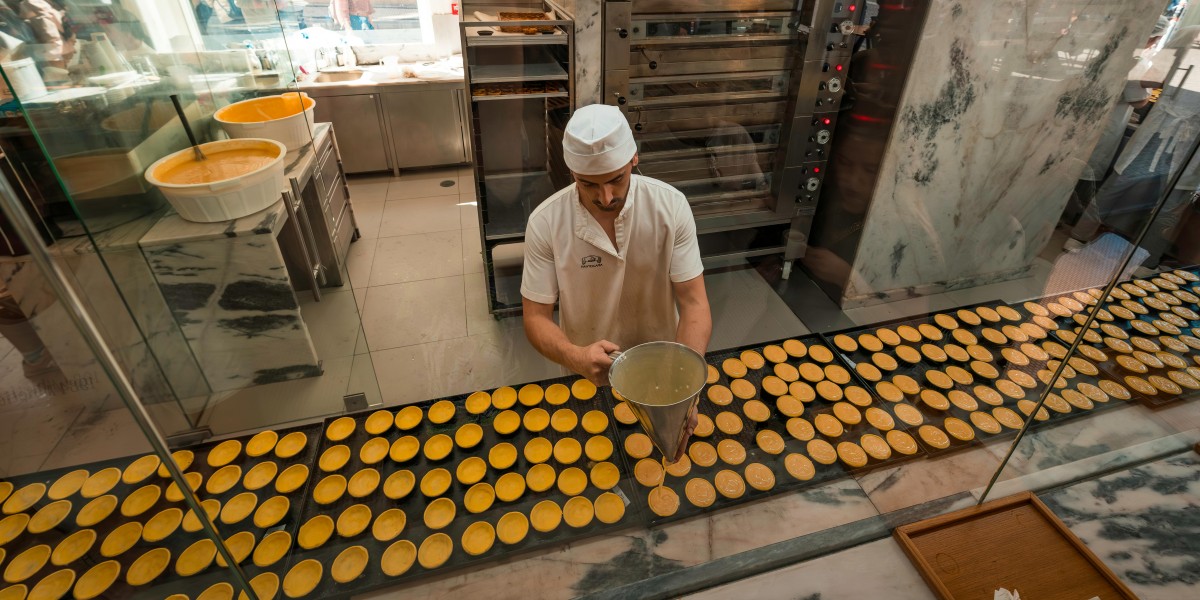
For the freshest pastel de nata, timing is key—locals know to swing by their favourite pastelaria in the morning, usually just after opening, or again in the late afternoon when new batches often come out of the oven. Prices are usually reasonable: expect to pay between €1 and €1.50 per tart in Lisbon or Porto, sometimes a little less in smaller towns.
Want to blend in even more? Order a small, strong coffee—usually an ‘espresso’ (bica or cimbalino, depending on where you are)—as it’s the classic companion for a nata.
Key words to help you out in a pastelaria
Learning a bit of Portuguese will get you a long way when it comes to your quest of finding the best pastel de nata in Portugal.
- Café: literally means “coffee” but this is the way to ask for a shot of espresso, the most popular way to drink coffee in Portugal
- Meia de leite: half espresso and half milk
- Galão: a shot of espresso with 2 to 3 parts milk
- Abatanado: a full cup of black coffee, similar to an Americano
- Um café cheio: this means you want your espresso cup to be filled to the very top
- Canela: cinnamon
- Açúcar em pó: icing sugar
- Para levar: to take away
Exploring more Portuguese desserts
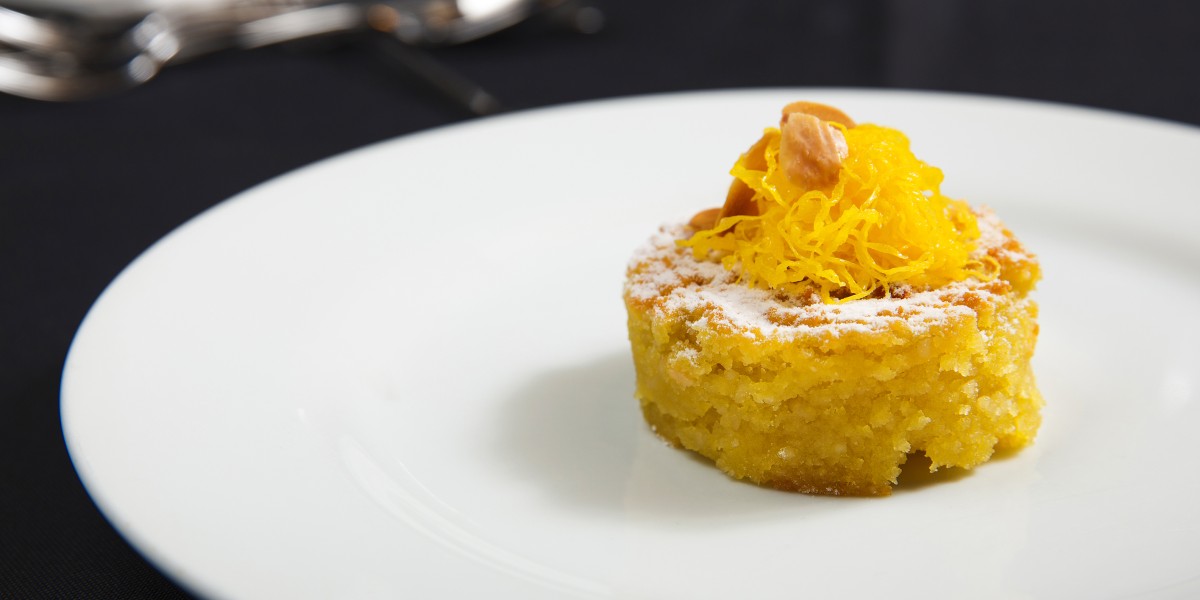
There’s so much more to Portugal’s sweet tooth than pastel de nata. Eat your way through the most popular Portuguese desserts by going in search of the best pastry shops in the country. Pop into any pastelaria and you’ll spot trays piled high with golden bola de Berlim (plump doughnut stuffed with egg custard), sticky toucinho do céu (almond cake), fluffy slices of pão de ló, and whole displays of colourful regional cakes.
